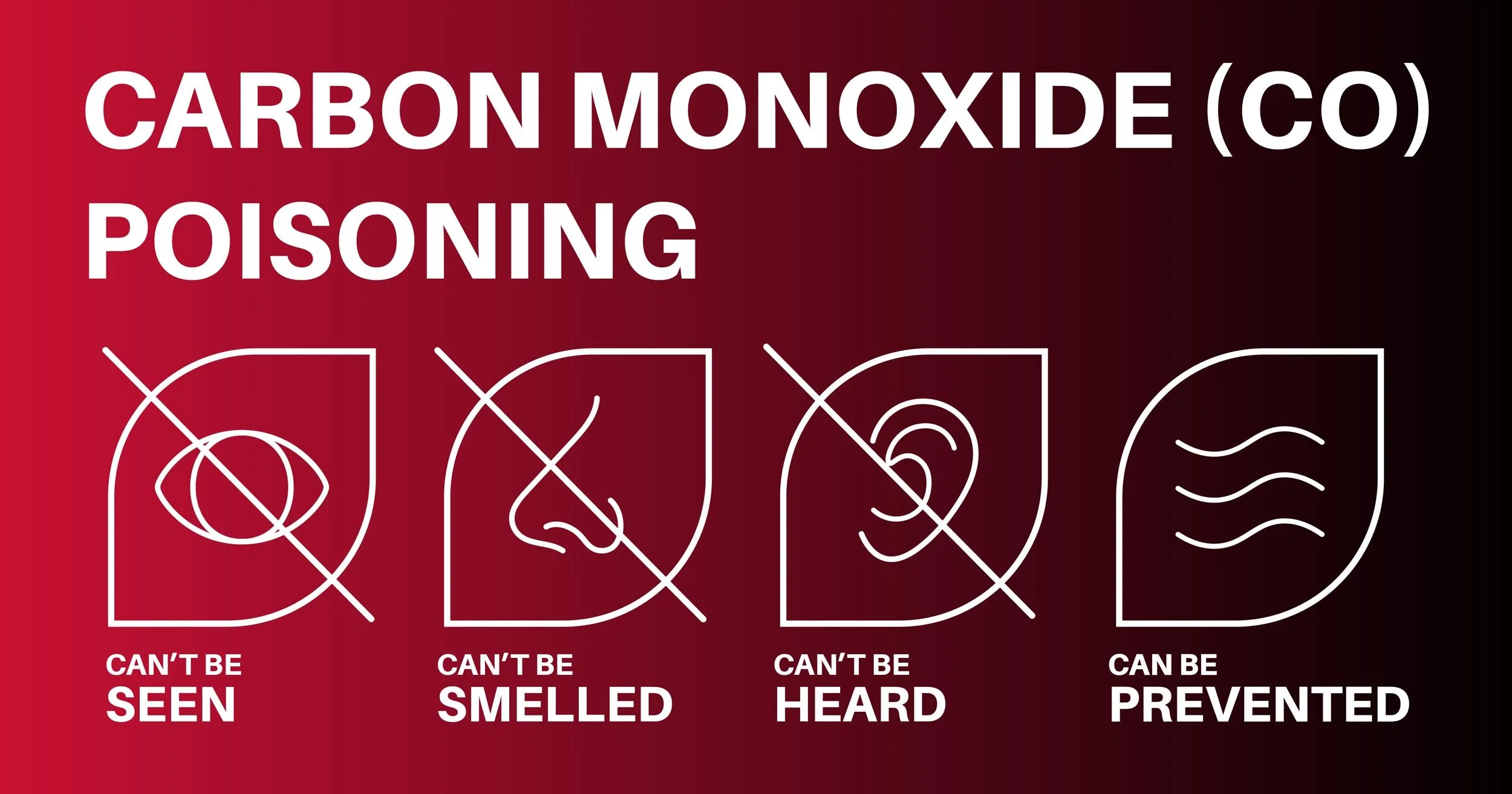St. Louis Home Heating Safety Guide: How to Prevent Carbon Monoxide Poisoning This Winter
Carbon monoxide poisoning illustration. Image credit: Graphic Jargon.
As temperatures drop and the demand for heating systems rises across Missouri, the risk of carbon monoxide (CO) exposure increases significantly. The Centers for Disease Control and Prevention (CDC) reports that each year, hundreds of Americans lose their lives to accidental CO poisoning, while thousands more wind up in the ER. The danger spikes in winter, as furnaces, boilers, and other fuel-burning systems operate at full capacity.
The good news? Proper HVAC maintenance, professional furnace inspections, and carbon monoxide monitoring can reduce your risk and keep your home safe through the winter season.
WHAT YOU NEED TO KNOW ABOUT CARBON MONOXIDE (CO)
You can prevent CO poisoning by learning what carbon monoxide is, how it forms, and how to recognize early warning signs before they become dangerous. Below, we’ll break down how carbon monoxide develops, the warning signs to watch for, and the steps every property owner can take to stay protected.
What Is Carbon Monoxide (CO)?
Often called the silent killer, carbon monoxide is an invisible, odorless gas that can build up indoors long before anyone realizes there’s a problem. Everyday fuels such as natural gas, propane, oil, and wood all generate CO during combustion. In a well-maintained HVAC system, this gas is vented safely outside the home through flues or exhaust pipes.
The EPA warns that CO exposure above 9 parts per million (ppm) over eight hours can cause health issues and high levels can become fatal within minutes (epa.gov). In a healthy HVAC system, CO levels should remain between 0–5 ppm.
What Causes Carbon Monoxide to Build Up Indoors?
Carbon monoxide can build up indoors when furnaces, boilers, or other heating systems malfunction or lack proper ventilation, causing exhaust gases to remain trapped instead of venting outdoors. Blocked flues, cracked heat exchangers, or poor combustion are common culprits. If your furnace hasn’t been serviced this year, now is the time to schedule a furnace inspection to ensure safe operation before the cold weather sets in.
What Are the Signs of Carbon Monoxide (CO) Poisoning?
Early signs of carbon monoxide poisoning often mimic the flu but without a fever. Common symptoms include headache, dizziness, nausea, confusion, shortness of breath, or sudden fatigue—especially when your furnace or heating system is running. If symptoms improve after stepping outside, it could indicate CO buildup indoors, and you should leave immediately and call for professional HVAC assistance.
Who Is Most at Risk of Carbon Monoxide (CO) Poisoning?
Children, older adults, and individuals with heart or lung conditions are the most vulnerable to carbon monoxide exposure include, as their bodies absorb CO more quickly. Pets can also be affected before humans notice symptoms.
How to Prevent Carbon Monoxide (CO) Poisoning
St. Louis homeowners and property managers can help prevent carbon monoxide buildup by following the key prevention steps outlined below.
Invest in Carbon Monoxide Monitors
Every St. Louis home with a furnace, boiler, or fuel-burning appliance should have CO detectors installed on each level, especially near bedrooms. The CDC recommends placing alarms within 5–20 feet of heating equipment for reliable detection.
Learn Proper Placement
Avoid corners, dead-air spaces, and areas near humid rooms like bathrooms or kitchens. Make sure detectors are positioned where air circulates freely, and test them monthly. Replace batteries twice a year. A good reminder is to replace the batteries when you change your clocks in spring and fall.Keep Vents Clear and Accessible
Regularly check that exterior vents, flues, and chimneys are free of snow, leaves, or debris that can block airflow and trap exhaust gases indoors.Schedule Professional HVAC Maintenance
Even with properly placed carbon monoxide detectors and clear vents, hidden issues like cracked heat exchangers, blocked flues, or incomplete combustion can still pose serious safety risks. The next proactive step is to schedule a professional checkup for your furnace, boiler, or heating system.
Why Annual HVAC Maintenance Matters
During a heating system inspection, a certified HVAC technician tests combustion efficiency, checks for leaks, and ensures all safety controls are operating properly. Regular maintenance not only helps prevent carbon monoxide buildup but also improves energy efficiency, extends equipment lifespan, and provides peace of mind throughout the colder months.
FINAL THOUGHTS
As temperatures drop across St. Louis, your heating system becomes essential to keeping your home comfortable — but it can also pose hidden risks if not properly maintained. Carbon monoxide safety begins with awareness, prevention, and professional care.
We are committed to keeping your property safe and efficient. Whether you need a furnace inspection, boiler tune-up, or help installing carbon monoxide detectors, we’re just one call away.
📞 Call Imperium Heating & Cooling to schedule your seasonal heating tune-up.

